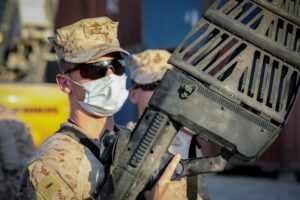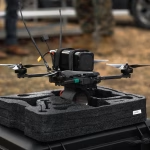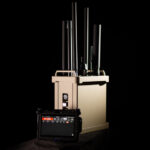
The Joint Counter Small Unmanned Aircraft Systems (C-sUAS) Office (JCO) is developing technologies like high energy lasers and high-powered microwave systems while simultaneously preparing for the testing of low collateral interceptor technologies in April at Yuma Proving Ground, according to Army Maj. Gen. Sean Gainey, Joint C-sUAS Office (JCO) director “We're working on these low collateral interceptors as a component to our systems that will give us the ability to handle a range of effects with the kinetic capability, but…











